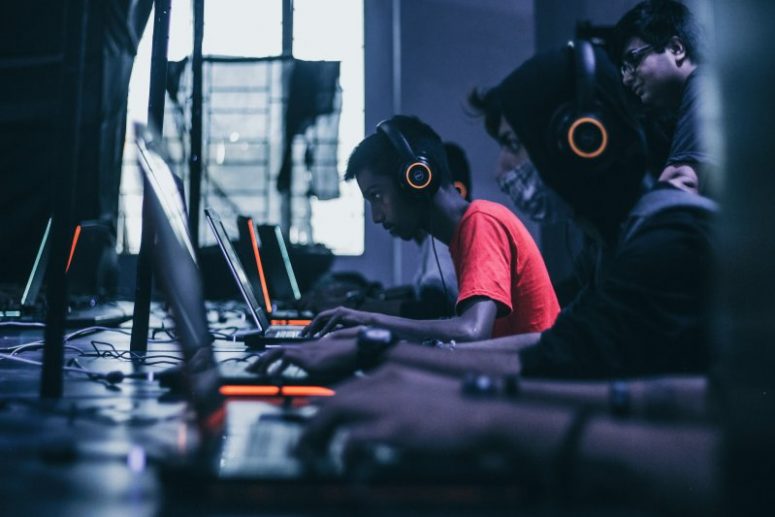When Googling ‘Roblox’, not only a virtual door seems to open but ‘the ultimate virtual universe’. Only the first page of search results makes us believe that this ‘global platform that brings people together through play’ and ‘lets you create, share experiences with friends, and be anything you can imagine’ is exactly what young people need – benefitting from ‘millions of free experiences’. Especially in times of a global pandemic with limited social interactions and often being stuck at home, a platform like Roblox offers excitement and virtual interactions.
You are probably reading this blog because your son(s) and/or daughter(s) seem to be very intrigued by and spend way too much time in the virtual Roblox world.
Your concerns regarding a possible addiction are valid – gaming disorder has been classified by the World Health Organization (WHO) in the 11th International Classification of Diseases and is defined as: “A pattern of gaming behaviour (‘digital-gaming’ or ‘video-gaming’) characterized by impaired control over gaming, increasing priority given to gaming over other activities to the extent that gaming takes precedence over other interests and daily activities, and continuation or escalation of gaming despite the occurrence of negative consequences.”
This sounds quite theoretical, let’s apply it to your daily life with your teen: You can recognise signs of a possible gaming addiction if your teen
- is moody and only able to stabilise when grabbing a controller,
- is experiencing feelings like anger and frustration when being separated from the experience of gaming,
- has dry, irritated eyes due to not taking healthy breaks from using Roblox,
- reports finger and wrist pain, stiffness as well as back and neck pains due to long gaming sessions without moving their body,
- withdraws from hobbies like sports and other non-gaming activities,
- neglects self-care and hygiene: skipped showers, unbrushed teeth and unchanged clothes,
- withdraws from long-time friends in order to spend time gaming.
This list is not intended to be exhaustive.
The world wide web offers addiction screening tools in case you wish to test your teen. Here is one example: https://virtual-addiction.com/greenfield-video-game-addiction-test-gvgat/ .
Should you realise that your teen is at risk of developing an addiction or has developed an addiction already, it is your responsibility as a parent/guardian to closely monitor the gaming times and support your teen to change addictive behaviours.
The following steps guide you through the process:
- Understand why your teen is drawn to Roblox and other games.
- Build rapport with your teen.
- Open non-judgmental communication about your teen’s gaming habits.
- Start implementing a plan to wean your teen off Roblox.
- Set boundaries to their gaming activities.
- Deal with any resistance in an effective and appropriate way.
Parents can use the Roblox parents’ guide which can be found here: https://corp.roblox.com/parents/
Apart from Roblox all of the above-mentioned also applies for other platforms like Fortnite and Minecraft.
If you think that you can benefit from professional support on this issue you can reach out here.
Franziska Richter is a transcultural counsellor with Willingness Team, offering counselling sessions to individuals and couples. She is particularly interested in trauma, addictions, migration, sexuality, and eating disorders.
References
https://www.healthygamer.gg/blog/how-to-wean-your-child-off-fortnite-roblox-and-minecraft

